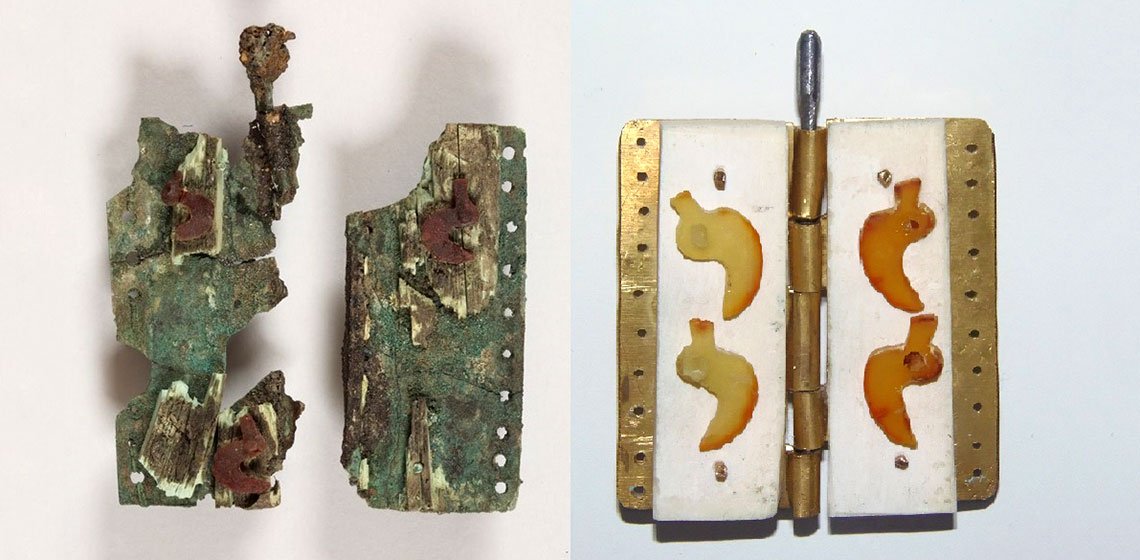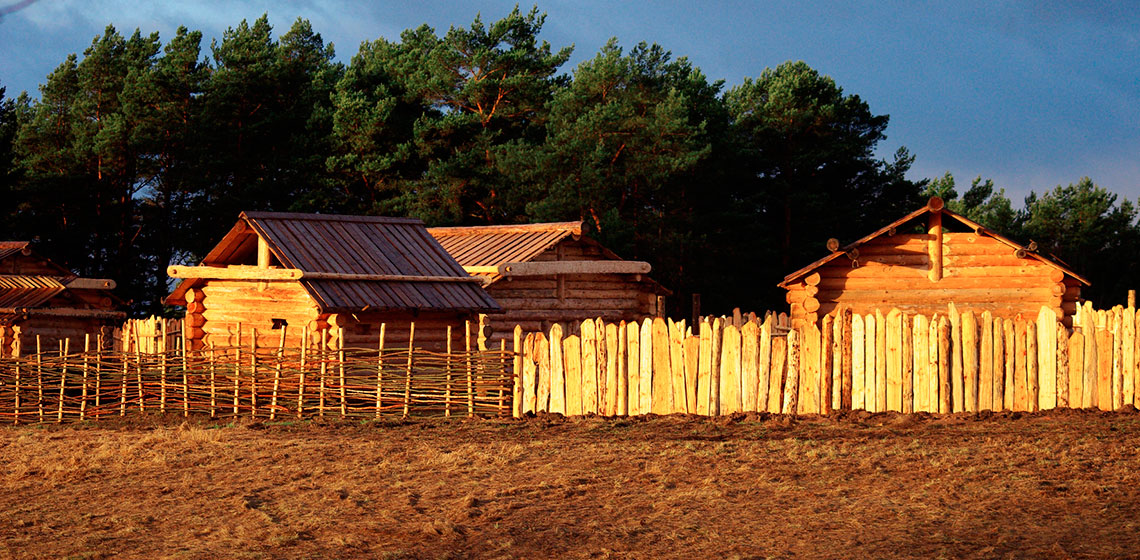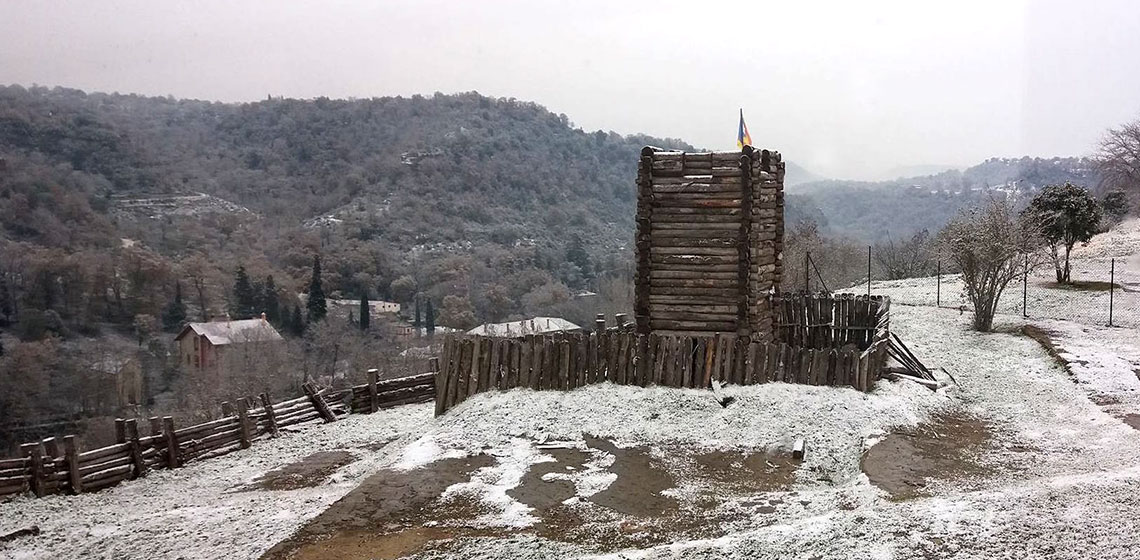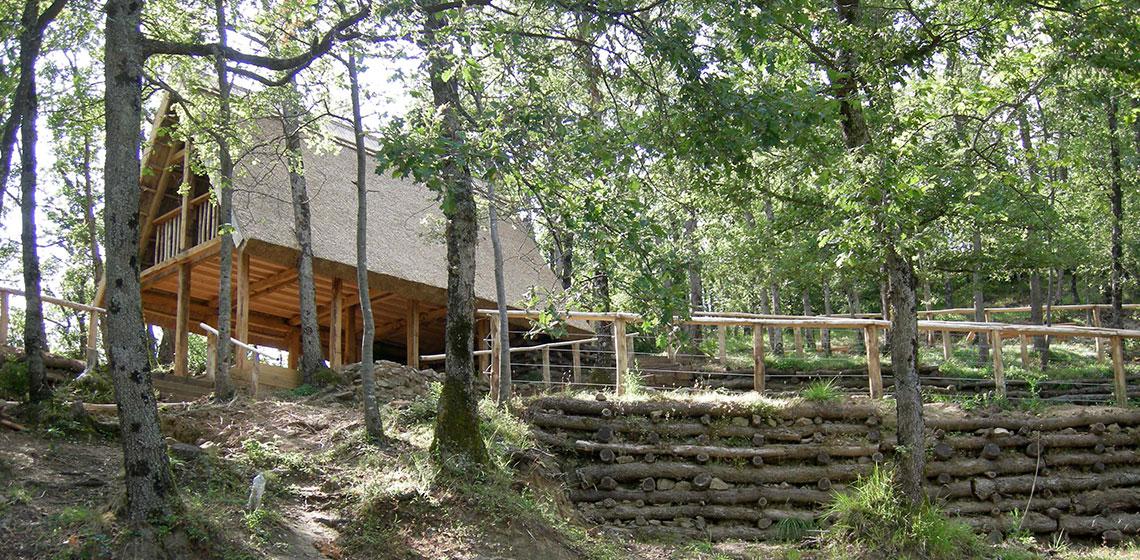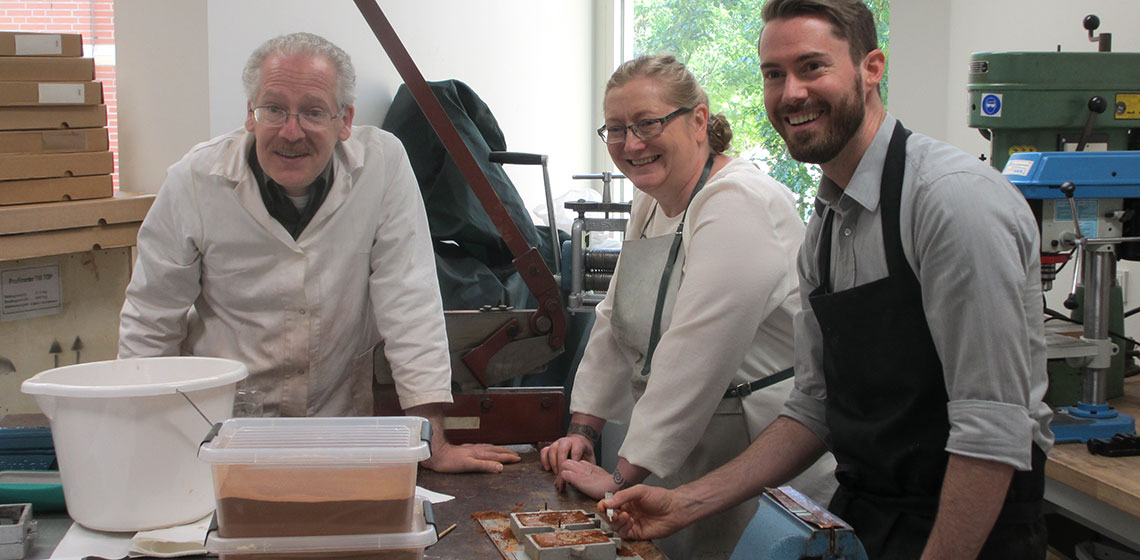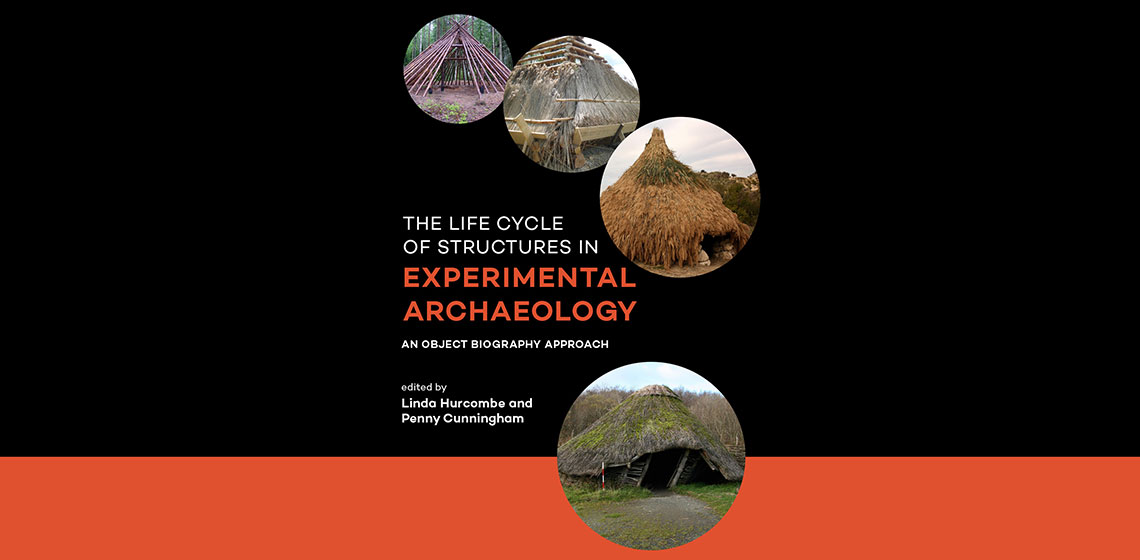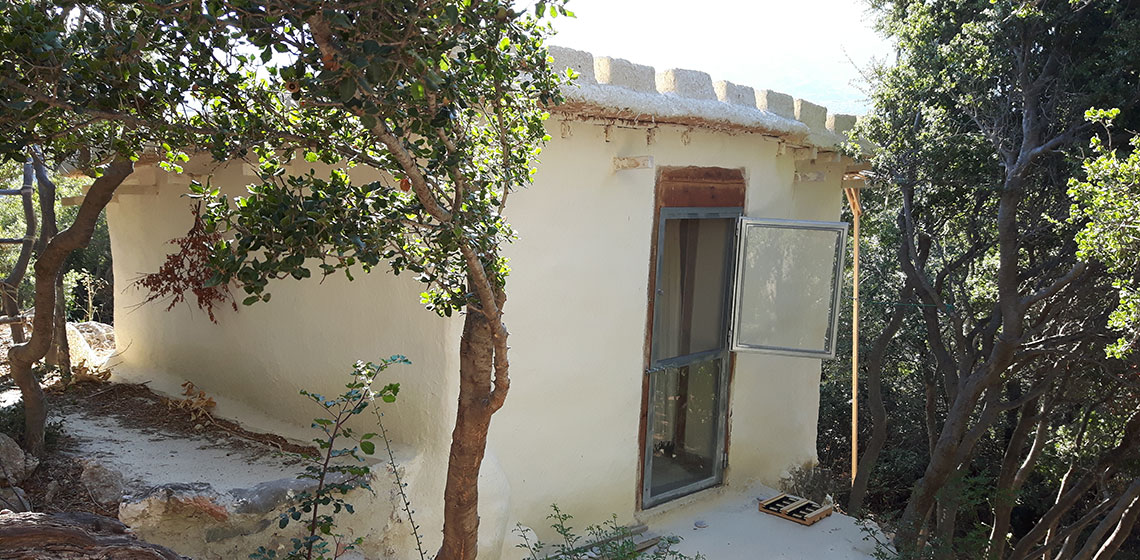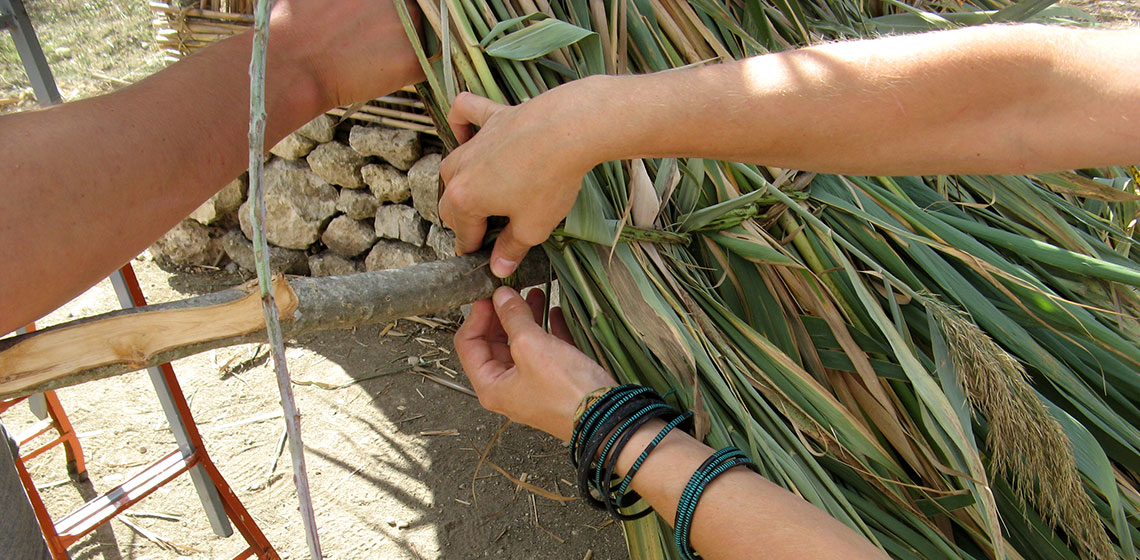(re)construction
Kernave Archaeological Site – the Place for Experimental and Living Archaeology
***Kernavė is one of the most picturesque places in Lithuania. Five hill-forts surround the wide valley of Pajauta. This place has always been visited by people not only for its sights but also for its aura of the distant past. Ever since people in Lithuania became more interested in history, Kernavė has been a symbol of...
The Experimental Building of a Wooden Watchtower in the Carolingian Southern Frontier
***During fifteen days of June 2015, the team of l’Esquerda worked in a research project to build a Carolingian wooden watchtower on the River Ter, in Roda de Ter, Catalonia, Spain. The idea was to test our hypotheses experimentally, (a) if the wooden watchtower could...
Monterenzio Archaeological Museum and Monte Bibele (IT)
The organisation covers both the Municipal Archaeological Museum of Monterenzio and the Monte Bibele Area of Archaeological and Natural Interest (L'area archeologico-naturalistica di Monte Bibele). The new museum exhibition, inaugurated in 2015, is dedicated to the archaeological finds of the Idice and Zena valleys, and it shows the culture of Apennine people from Prehistory to Roman Age.
The association "Arc.a Monte Bibele" is managing Monterenzio and Monte Bibele Museum and Archaeological area. The museum exhibition is focused on the reconstruction of two houses...
Event Review: Academic Workshop on Re-enactment, Replication & Reconstruction
Book Review: the Lifecycle of Structures in Experimental Archaeology – An Object Biography Approach by L. Hurcombe and P. Cunningham
The Potential for Open-Air Sites: a Diversified Approach in Emilia, Italy
A Minoan Experimental House – Paying Tribute to Middle Bronze Age Cretan Vernacular Architecture
Prototypes, situation, general description
Especially impressive are the often massive ruins of dwelling foundations referred to as 'oncolithic' in my typology (for details see Beckmann 2012a).These foundations neutralize the often steep slope incline they are built upon, so that the original houses would have stood in a horizontal position. The settlement pattern and surface findings indicate that these installations were vernacular in character and probably housed mixed agricultural farms (ibid.).
The Gislinge Boat Open Source Project: An Old Boat and a New Idea
Hut 1 of Tornambé, Pietraperzia: an Experimental Project for Prehistoric Sicily Studies
Introduction and goals
The goal of this project, started in 2012, was to reconstruct a Bronze Age hut using techniques, methods, and raw materials consistent with the knowledge acquired during the excavation of Tornambè site (Pietraperzia, Enna), and from other known Sicilian and Southern Italian archaeological contexts.
